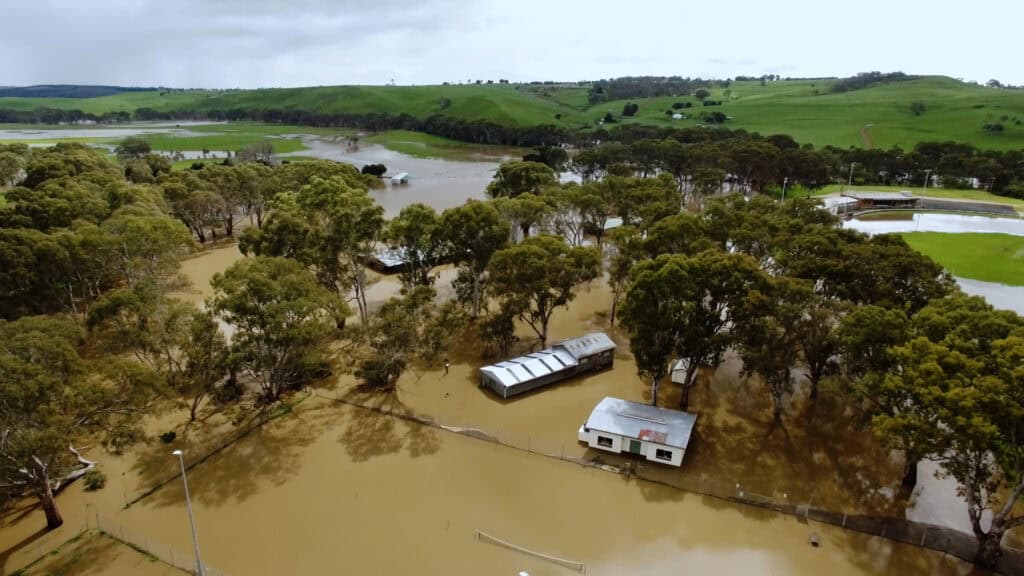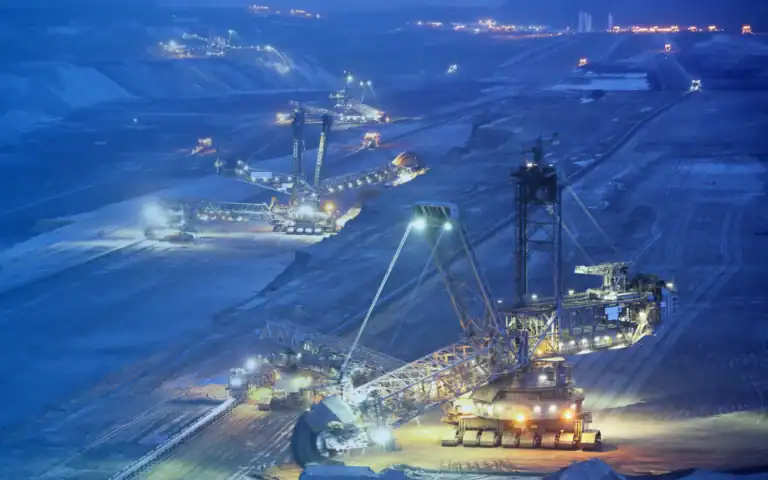Throughout March 2022, the Northern Rivers region, located in North-Eastern New South Wales (NSW) experienced unimaginable chaos and damage from flooding. As parts of the Australian East coast received more than triple the normal amount of rain, the floodwaters in Lismore peaked two metres above the previous record flood.
While the widespread flooding captured the attention of the nation and the world, the utter devastation in Lismore was at the epicentre of this disaster. Mount Nardi, a critical communications site located in Nightcap National Park, 30 kilometres north of Lismore, was impacted by the torrential storms and devastating floods that swept through the region.
Mount Nardi broadcasts to approximately 250,000 people in the Northern Rivers area and operates as the central point of critical communication. Therefore, mitigating impacts to services as fast as possible was imperative to ensure people, homes and business were kept informed and safe.
On Sunday 27 February 2022, a power line to the Mount Nardi site, suspected to be damaged from falling debris, cut the site’s main power source. Incidents like this are planned for and by design, BAI ensures a level of power redundancy is always available at critical sites for emergency situations. In the case of Mount Nardi, it was a 13,800-litre diesel emergency power plant, which kicked into gear and powered the entire site. This kept all services on-air, including the NSW Public Safety Network (PSN), critical emergency broadcast services, commercial broadcast services and telecommunications services.

During a standard incident, when a generator is in use, our technical teams are deployed to refuel the generator ensuring continuity of service. The Mount Nardi incident was more complicated as access to the site was restricted, not only due to road closures, but more concerningly, several landslides – which damaged all routes up to the mountain and rendered access by vehicle impossible. Time was running low with diesel levels depleting and access to refuel the generators suspended.
The BAI team needed to plan and act fast, drawing on their skills and experience working in adverse conditions, and their local contacts. A critical incident team was established across our service management and assurance functions. The team relied heavily on the many years of expertise of our Service Integrity and Service Management Teams.
BAI’s local First in Maintainer (FIM) and BAI technicians, in consultation and collaboration with local council and their appointed civil engineer, initiated the efforts by first risk-assessing the site and closely working with the local council to clear and repair a route to the site.
A plan was established to reduce the energy usage on site, saving fuel by efficiently powering down non-critical services to ensure the community was kept connected, safe and informed.
While waiting for work on the publicly owned and managed roads to start, our team kept close communications with the local council. At the same time, our teams leveraged support from government bodies to accelerate the repair of the mains power supply to the critical communications site.
Additionally, the BAI team built and tested a temporary transmitter that would ensure services could continue to transmit to the local community, even if the site had no power. For that we utilised a flyaway kit (a temporary transmitter and studio package combined for use during emergency situations).
Our resourceful teams also worked on identifying and planning alternative methods of refuelling the generator which led us to securing a helicopter to fly in 500 litres of fuel, a technician, and further supplies – extending the runtime of the generator.
Over the course of 48 hours, our field technicians, local volunteers along with the local council, worked to clear a path and by midday on Friday 4 March 2022, access to the site was re-established.
What followed was a series of careful and closely coordinated trips up and down Mount Nardi and sourcing of more diesel fuel. Our team utilised local sources of fuel but had to also rely on further diesel supplies to be trailered in by our field teams from Bald Hills which included a six-hour drive avoiding blocked roads.
The ongoing refuelling and gradual service power increases as well as the efficient coordination of communication and ground support was led by the BAI team.
On Friday 4 March 2022, after a collaborative effort to escalate the issue to the local power authority, aided by BAI team members, a replacement power cable was flown in via helicopter with works commencing immediately and completed on Saturday 5 March 2022.
Critical to the successful management and remediation of this emergency was the constant communication from and with the field teams. It is during these times of volatility and uncertainty that the excellence of our people shines greatest. Both emergency services and power authorities trusted the advice from BAI personnel, acknowledging our people’s ability and competence to guarantee service continuity and community safety.
It’s our dedication to keeping local communities connected that makes BAI Australia and our teams uniquely equipped to respond to complex emergencies and natural disasters. Our response demonstrates the capability, courage, resilience, and commitment of BAI teams to go above and beyond every time.










